
Carolyn Wilke
Contributing Editor, Science News Explores
Carolyn Wilke earned her Ph.D. in environmental engineering at Northwestern University, where her research drew on the fields of environmental chemistry, materials science and toxicology. She got her start in science writing by blogging for HELIX, Northwestern’s science magazine and wrote as a AAAS Mass Media Fellow at The Sacramento Bee. Now a freelance science writer. Carolyn worked as a staff writer at Science News Explores and interned at Science News and The Scientist. When not delving into a new scientific discovery, you might find Carolyn behind her sewing machine or trying to amuse her cat.

All Stories by Carolyn Wilke
-
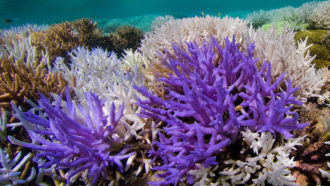 Oceans
OceansGoing bright may help corals recover from bleaching
When some corals bleach, they turn neon colors. Flashy hues may be part of a response that helps these corals recover and reunite with their algae.
-
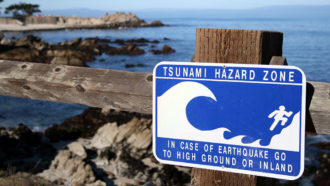 Oceans
OceansScientists Say: Tsunami
This is a series of ocean waves triggered by an underwater earthquake or volcano. The event starts as small waves, but those waves can grow as they approach land.
-
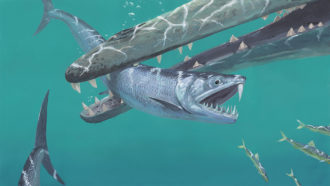 Fossils
FossilsSaber-toothed anchovy relatives were once fearsome hunters
Today’s plankton-eating anchovies sport tiny teeth. But their ancient kin were armed with spiky lower teeth and a giant upper sabertooth.
-
 Space
SpaceScientists Say: Spaghettification
Black holes cram a lot of mass into a small area. When another object gets close, the black hole’s gravity can stretch it into a noodle-like strand.
-
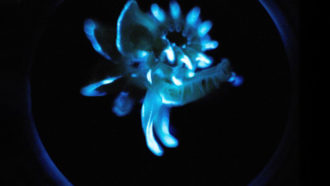 Chemistry
ChemistryThis tube worm’s glowing slime may help sustain its own shine
Snot oozed by a marine tube worm can glow for up to 3 full days. The secret of how this works might lead to long-lasting lights that glow on and on.
-
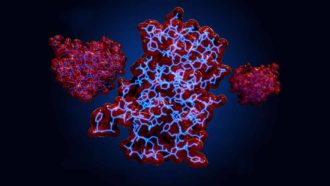 Life
LifeScientists Say: Protein
Proteins are molecules made up of building blocks called amino acids. They play many key roles in the body’s cells and are essential for life.
-
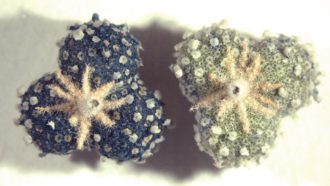 Chemistry
ChemistryAncient recipes helped scientists resurrect a long-lost blue hue
Led by medieval texts, scientists hunted down a plant and used its fruit to make a blue watercolor with mysterious origins.
-
 Physics
PhysicsScientists Say: Momentum
This word describes a property of a moving object based on its mass and the direction and speed of its motion.
-
 Space
SpaceScientists Say: Quasar
This word describes the bright-shining core of a galaxy in which a supermassive black hole sucks in matter and releases a huge amount of energy.
-
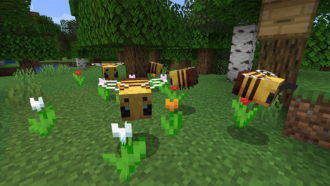 Animals
AnimalsMinecraft’s big bees don’t exist, but giant insects once did
Big bees buzz in Minecraft. In our world, blocky bees might starve and be stuck on the ground. Yet long ago, giant insects did roam our planet.
-
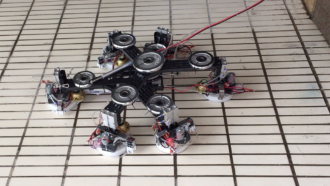
Climb like a slo-mo Spiderman using this super suction robot
A whooshing ring of water keeps the robot’s vacuum from losing grip, even on rough surfaces
-
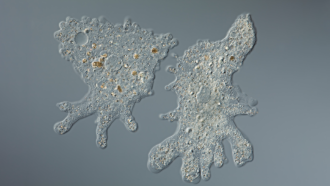 Microbes
MicrobesScientists Say: Amoeba
Amoebas are single-celled microbes that move and eat with shape-shifting bulges that extend from their cells. Some are blobs. Others build a shell.